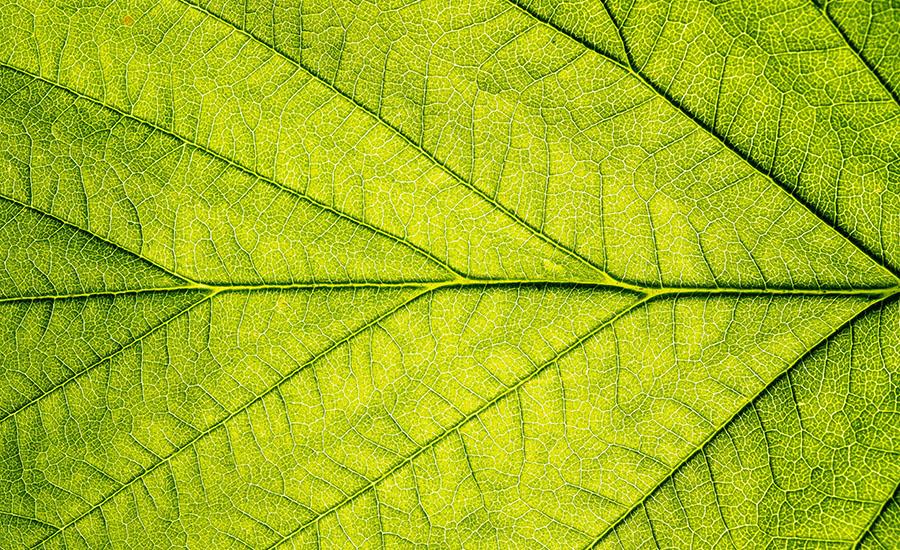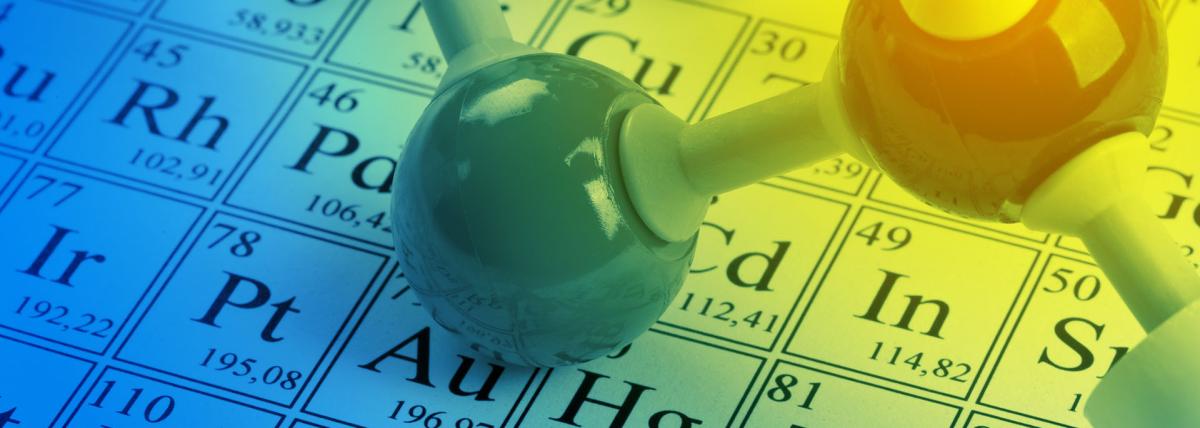
Exploring and Building Landforms Through Technology, Measurement and Fractions
by Arlette Johnson
In this integrated 3rd-grade lesson, students will explore different landforms, learn about fractions, and use technology to enhance their understanding. The lesson begins with an introduction to various landforms, followed by an exploration of real-world examples of landforms using Google Earth. Students then use fractions to create play dough and create a landform diorama using the play dough. Students measure their landforms to create bar graphs comparing the sizes of different landforms. This lesson offers numerous extensions for ELA such as creating a persuasive brochure about their landform diorama, and a descriptive paragraph detailing the features of their landform diorama. This multidisciplinary lesson ties together earth sciences, math, and English language arts, fostering a deeper understanding of how our planet’s features are interconnected.
Lesson Grade Level
3rd GradeLesson Plan Link/URL
https://docs.google.com/presentation/d/1e7FhOeV4WDCxiLaSSFEul1VKCHhcQ03u/edit?u…Subject Area
Science Earth and Space Science E1: Earth Systems Technology 3. Knowledge Constructor Mathematics Number and Operations—Fractions (NF) Measurement and Data (MD) English Language Arts (ELA) Reading (Informational Text) Writing Speaking & Listening
Featured
Off
Related Content

Grades:
1st Grade
This is session 3 of a 4 session unit on innovative thinking, agricultural engineering, and farm model making. In this session students begin to work with a partner or small group to construct their

Grades:
1st Grade
This is session 1 of a 4 session unit on innovative thinking, agricultural engineering, and farm model making. The first session introduces students to Dr. Temple Grandin, a creative thinker who has

Grades:
9th Grade, 10th Grade, 11th Grade, 12th Grade
Students who have been studying logarithms can apply them using a chemistry lab to discover the pH of acetic acid (white vinegar) and even compare this to other acids.